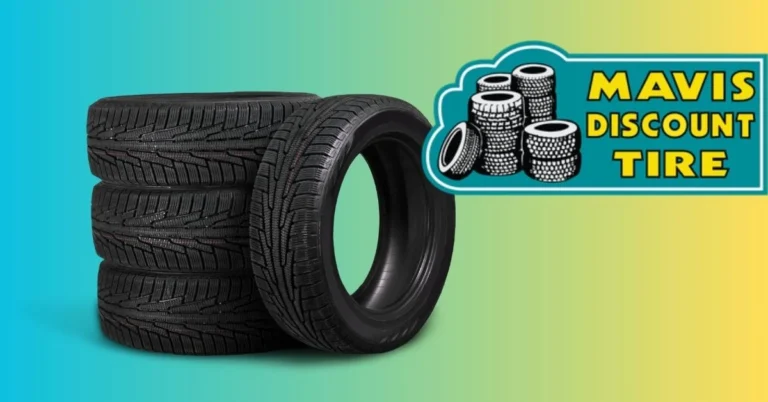Tips for Using Machine Stretch Film Effectively
Machine stretch film is an essential tool for high-volume, automated packaging systems, but to maximize its effectiveness, businesses need to optimize both their machines and film selection. Whether using machine stretch film or hand stretch film, proper setup, film choice, and operator training can significantly improve operational efficiency, reduce waste, and enhance load security. Below are some important tips for using machine stretch film effectively in your packaging process:
Setting Up Stretch Wrapping Machines for Maximum Efficiency
Proper setup of stretch wrapping machines is crucial to achieving consistent and high-quality wraps. Below are some steps to ensure your machine is set up to use machine stretch film to its full potential:
- Adjust Film Tension: One of the key factors in stretch wrapping is the tension of the stretch film. If the tension is too high, the film can break, and if it’s too low, the film will not provide adequate load containment. Regularly adjust the machine’s tension settings to achieve optimal stretch, ensuring the film is tightly wrapped without over-stretching, which can lead to excess waste.
- Choose the Correct Film Width: The width of the stretch film should match the size of the load being wrapped. If the film is too narrow, it may not provide sufficient coverage, while a film that is too wide can result in unnecessary material waste. Ensure the film width matches the pallet or load dimensions for more efficient use.
- Set the Film Pre-Stretch Ratio: Many stretch wrapping machines allow you to set the pre-stretch ratio (how much the film is stretched before being applied to the load). A higher pre-stretch ratio can reduce material use and increase the film’s ability to hold its shape, while also improving the load’s stability. Adjust the ratio according to the type of load being wrapped.
- Optimize Machine Speed: The speed at which the wrapping machine operates also affects the effectiveness of the wrapping process. Too fast a speed can result in uneven film application, while too slow a speed can lead to delays in production. Find a balance between speed and tension to achieve optimal wrapping results.
- Regular Machine Maintenance: To keep machines running smoothly and efficiently, schedule regular maintenance. Over time, machines can experience wear and tear on parts like rollers, belts, and stretch film dispensers. Regular checks can help avoid downtime and ensure consistent performance.
Choosing the Right Machine Stretch Film Gauge
The gauge of stretch film, which refers to the film’s thickness, plays a critical role in load security and overall packaging cost. Choosing the right gauge is essential for ensuring that products are securely wrapped while also optimizing material usage and reducing costs.
- Match Gauge to Load Weight: Different load types and weights require different film gauges. Heavier or irregularly shaped loads will benefit from a thicker, more durable film (higher gauge), while lighter or more uniform loads can be wrapped with thinner, lower-gauge film. Choosing the correct gauge ensures the right balance between cost and load security.
- Consider Environmental Factors: When selecting the gauge of machine stretch film, consider the environment in which the wrapped products will be stored. For example, products stored in outdoor or humid environments may require a thicker film or specialized options such as VCI stretch film to protect against environmental factors like moisture and corrosion.
- Optimize Cost Efficiency: While thicker films provide added strength, they are also more expensive. For high-volume operations, it’s important to balance cost with performance. Often, businesses can reduce material costs by using a lower-gauge film for lighter loads, which still provides sufficient protection.
- Test and Adjust: It’s crucial to test different gauges to find the best balance between cost savings and product security. Monitor the effectiveness of wraps and adjust accordingly based on the specific needs of your operation.
PWP Stretch Film offers a wide selection of gauges, giving businesses the flexibility to choose the right film thickness for their specific load requirements. Whether you’re wrapping lighter, more uniform products with a thinner film or handling heavier, irregularly shaped loads with a thicker, more durable film, PWP Stretch Film ensures optimal load security and cost efficiency. This range of options allows businesses to streamline their packaging processes while maintaining high standards of protection and performance.
Training Employees on Proper Machine Operation
Proper employee training is essential for maximizing the efficiency of stretch wrapping machines and ensuring the proper use of machine stretch film. Well-trained operators can improve productivity, reduce material waste, and enhance the quality of the wrapped products. Here are some tips for training your team effectively:
- Ensure Proper Handling of Film Rolls: Operators should be trained to handle stretch film rolls carefully, ensuring they are loaded correctly into the wrapping machine to avoid film damage or uneven tension. Instruct employees to avoid over-stretching the film during manual application, as it can lead to premature breakage.
- Teach Machine Settings and Adjustments: Operators should know how to adjust the machine’s settings, including tension, speed, and pre-stretch ratio. Each setting should be aligned with the specific requirements of the load being wrapped. Proper training can help operators achieve optimal performance, reducing waste and increasing the consistency of the wrapping process.
- Focus on Safety: Training should also emphasize safety procedures to prevent accidents while operating stretch wrapping machines. Employees should be instructed on safe handling practices, proper machine startup and shutdown procedures, and how to respond to any issues like film breakage or malfunctioning parts.
- Regular Performance Checks: Ensure employees are trained to regularly inspect machine performance. This includes monitoring film usage, checking for film tears or inconsistencies, and assessing load stability. Promptly addressing any issues can prevent larger problems down the line.
- Ongoing Education: As technology and machine features evolve, it’s important to provide ongoing training opportunities. Regular updates on new film types (like VCI stretch film for corrosion protection or hand stretch film for smaller loads) and machine capabilities can help your team stay up-to-date and adapt to changing requirements.
The Benefits of Proper Film Application
By setting up machines correctly, choosing the right film gauge, and training employees effectively, you can achieve a number of important benefits:
- Improved Load Stability: Properly applied machine stretch film enhances the stability of wrapped loads, minimizing shifting during transport and preventing damage. A well-wrapped load stays secure, even under the roughest handling conditions.
- Reduced Material Waste: By selecting the right film and ensuring proper tension settings, you can significantly reduce material waste. This translates into cost savings, more efficient use of resources, and lower overall packaging costs.
- Faster Production Speed: Proper machine setup and skilled operators help speed up the wrapping process, reducing production time and allowing your business to handle more shipments in less time.
- Cost Savings: Using the right stretch film gauge, reducing waste, and improving operational efficiency all contribute to cost savings. Moreover, proper machine setup can help avoid costly downtime or damaged goods that could result from improper wrapping.







